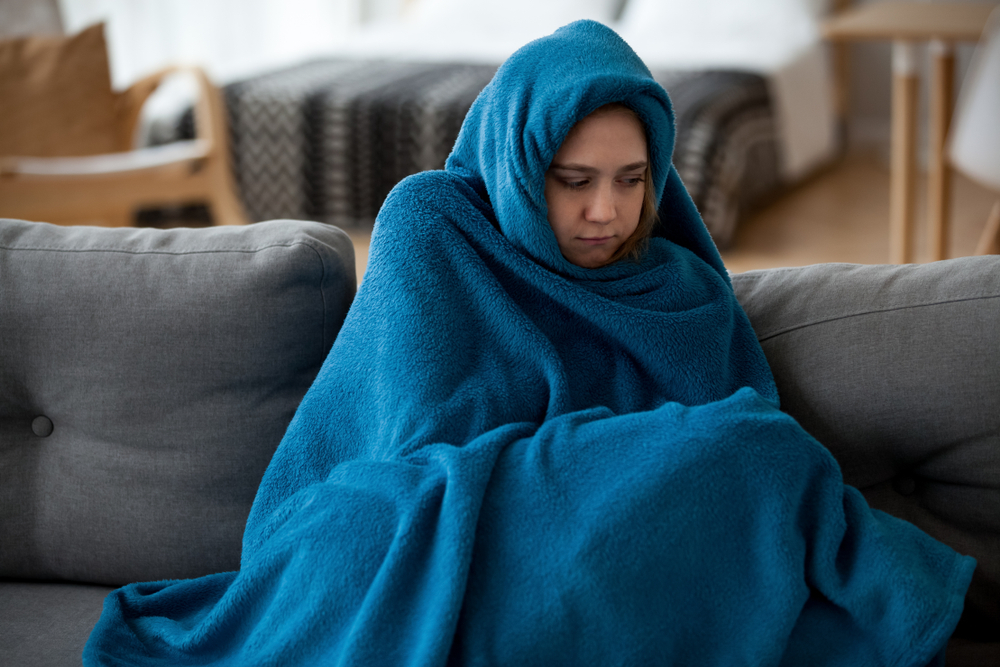Invasive Candidiasis is a fungal infection that happen when Candida, a yeast-like fungus, enters and spread inside the body. Invasive Candidiasis takes place when the candida fungi found in the digestive tract can enter into the bloodstream. Sometimes, it can also be transmitted when medical equipment become contaminated with Candida.
The most common candida species that can cause infection in humans is Candida Albicans. The fungi live in the skin and within the body such as in the mouth, vagina and throat. Candida will cause infection if it grows too much and enter the internal organs.
Candidiasis that occurs in the mouth or throat is called thrush or oropharyngeal candidiasis. Candidiasis that occurs in the vagina is called a yeast infection. Candida that occurs in the bloodstream and internal organs is referred to as invasive candidiasis. People are at a high risk for developing invasive candidiasis when they are already sick or have other illnesses.
Factors that lead to Candida growth may include:
- High alcohol intake
- Taking contraceptives
- Diabetes
- Taking antibiotics
- Eating foods high in sugar
- High stress levels
- Weak immune system
Candida is not a life threatening disease, but if left untreated, it will spread throughout the body.


